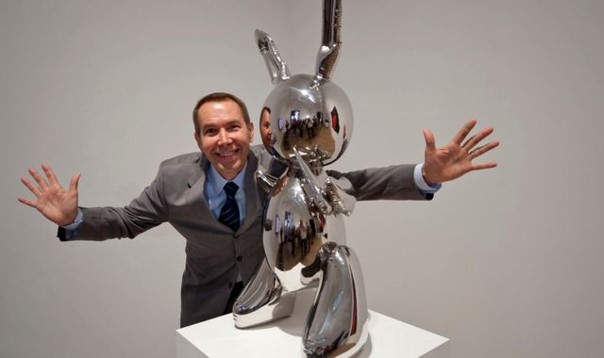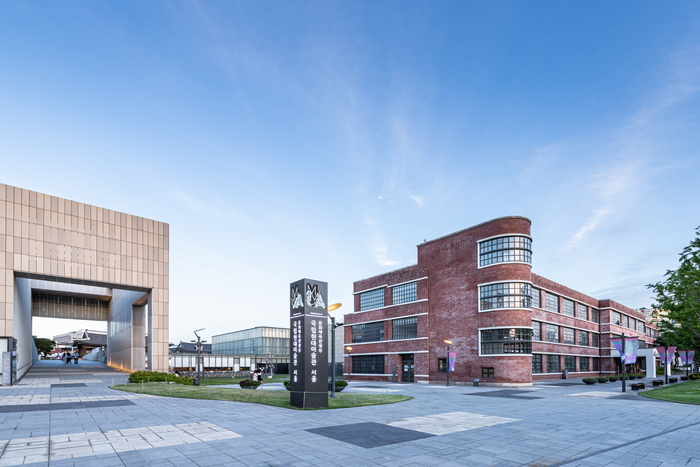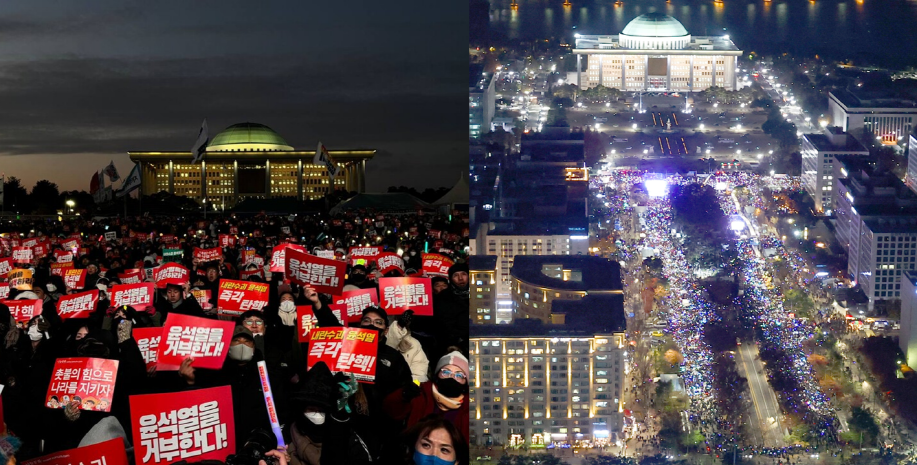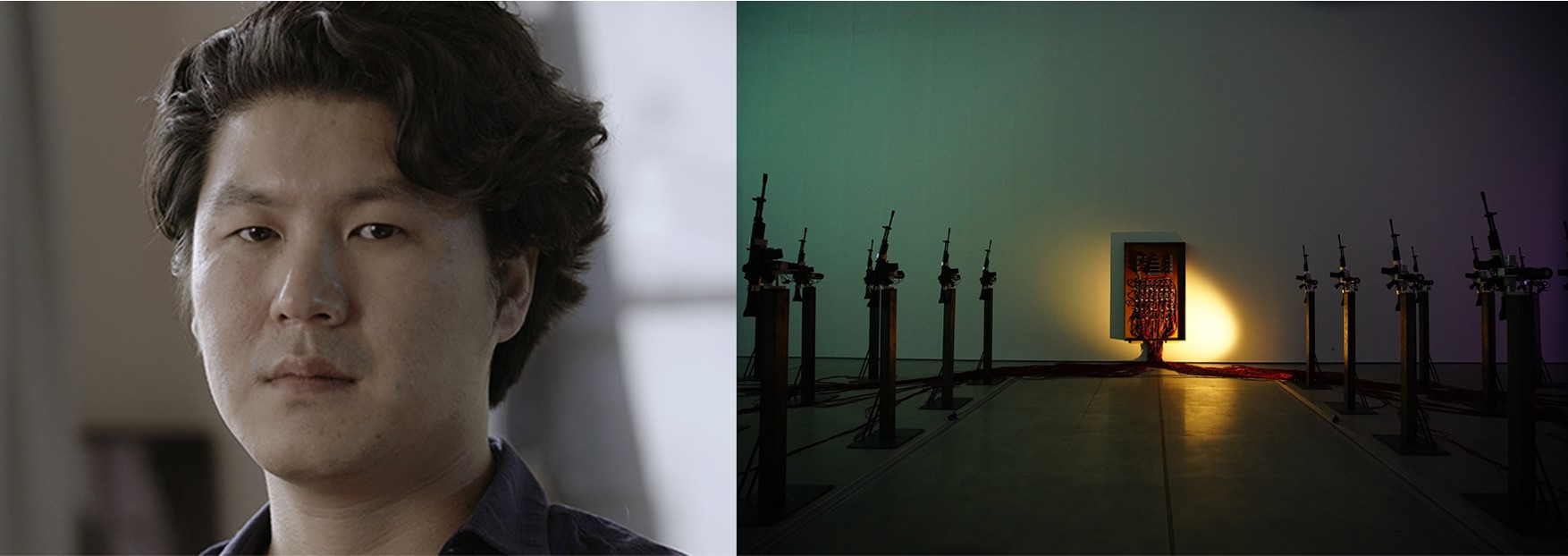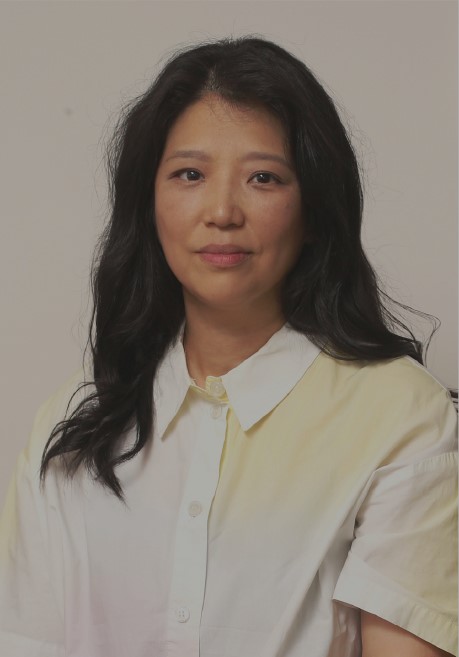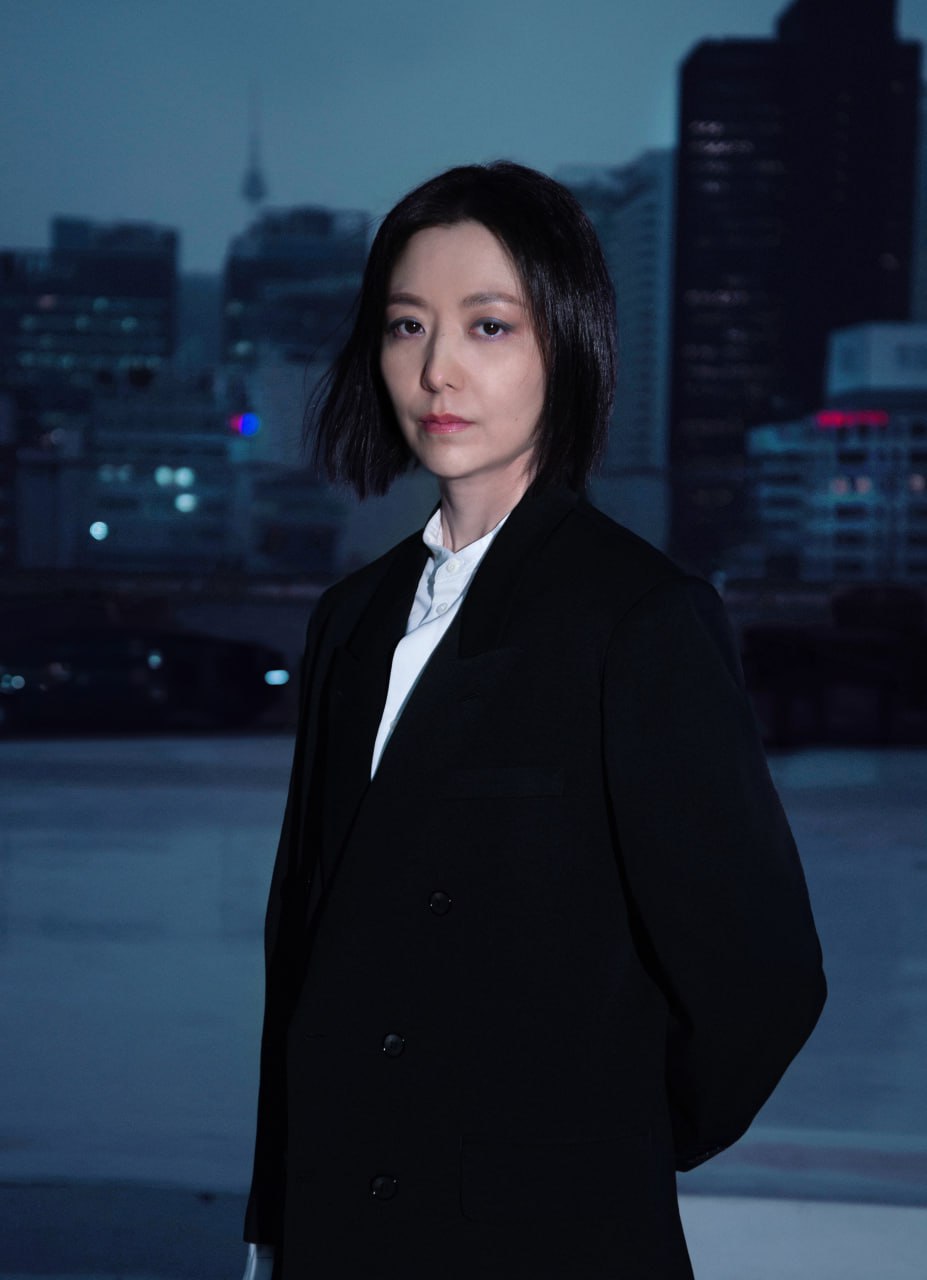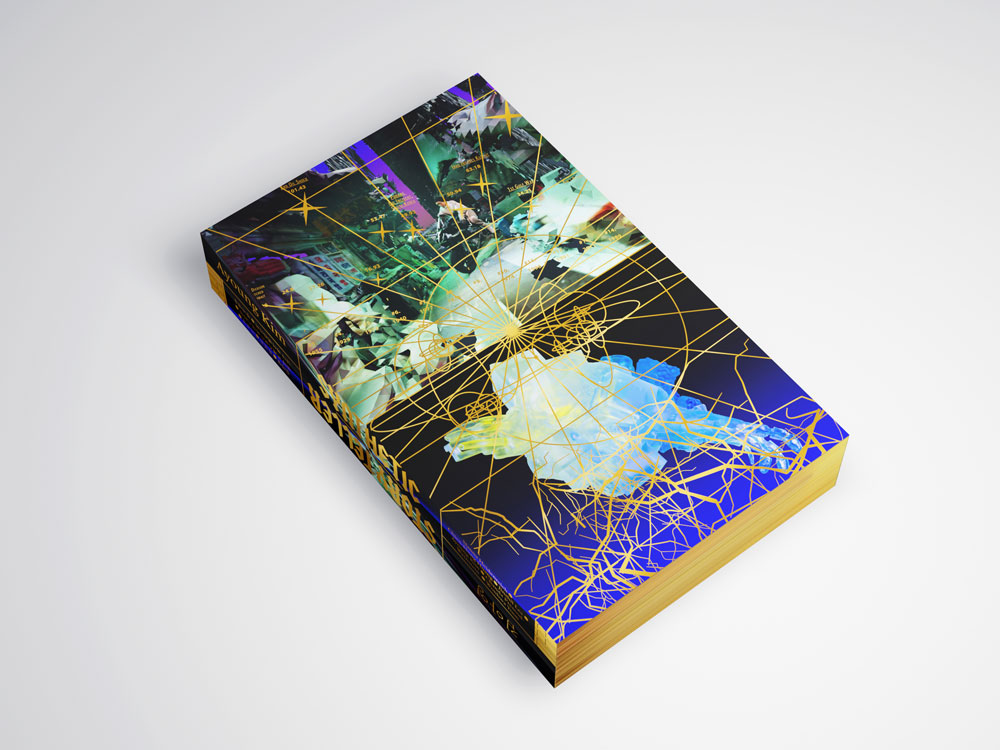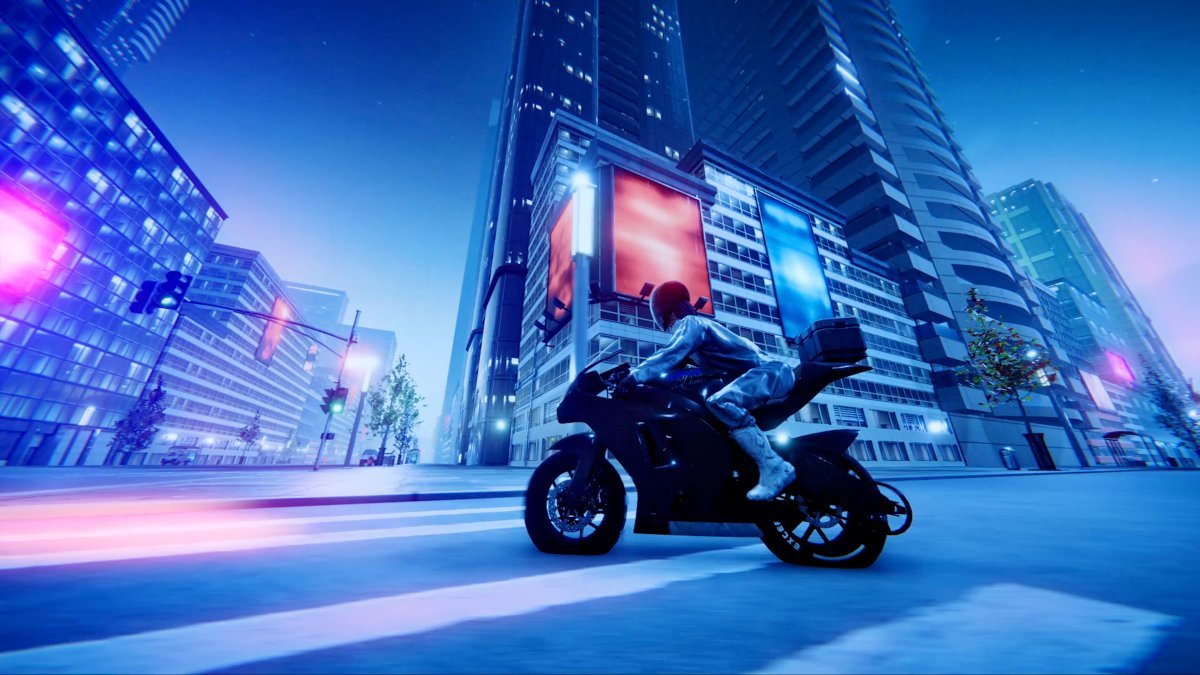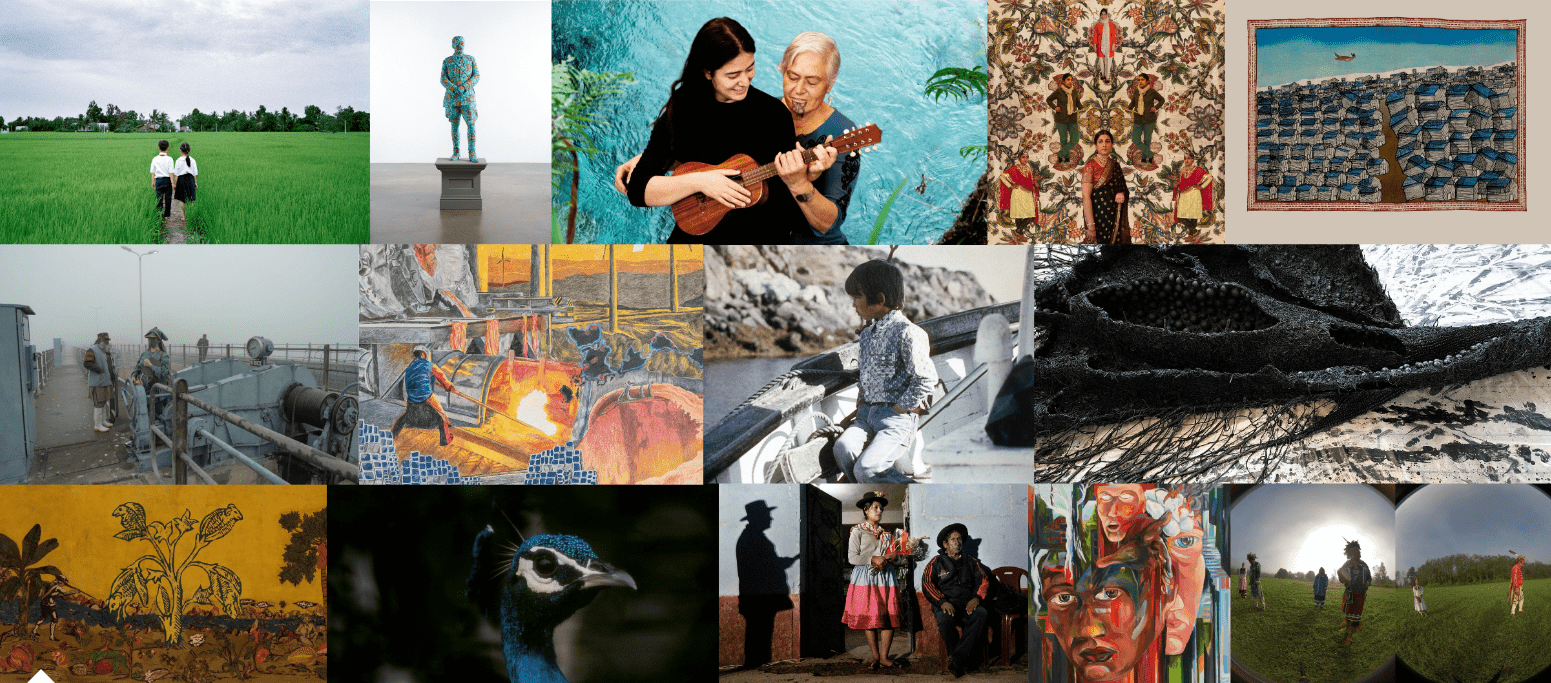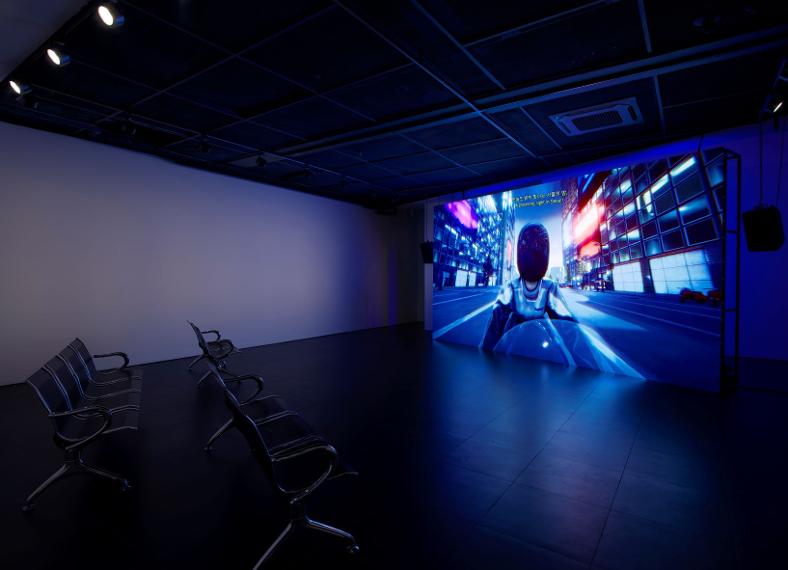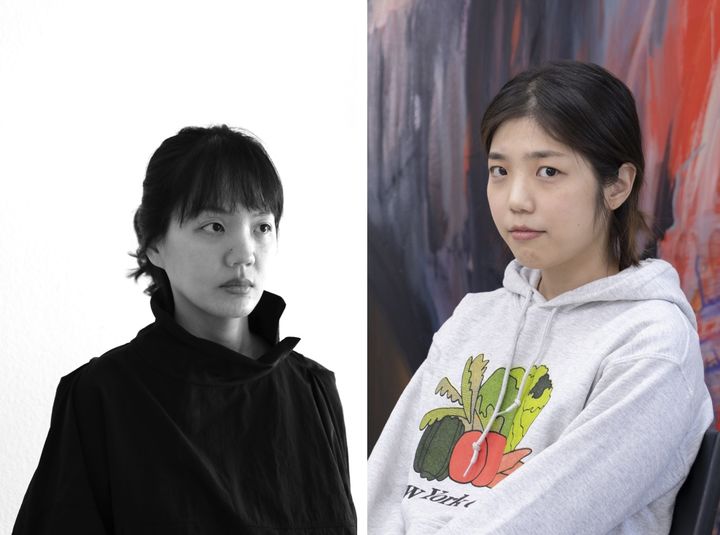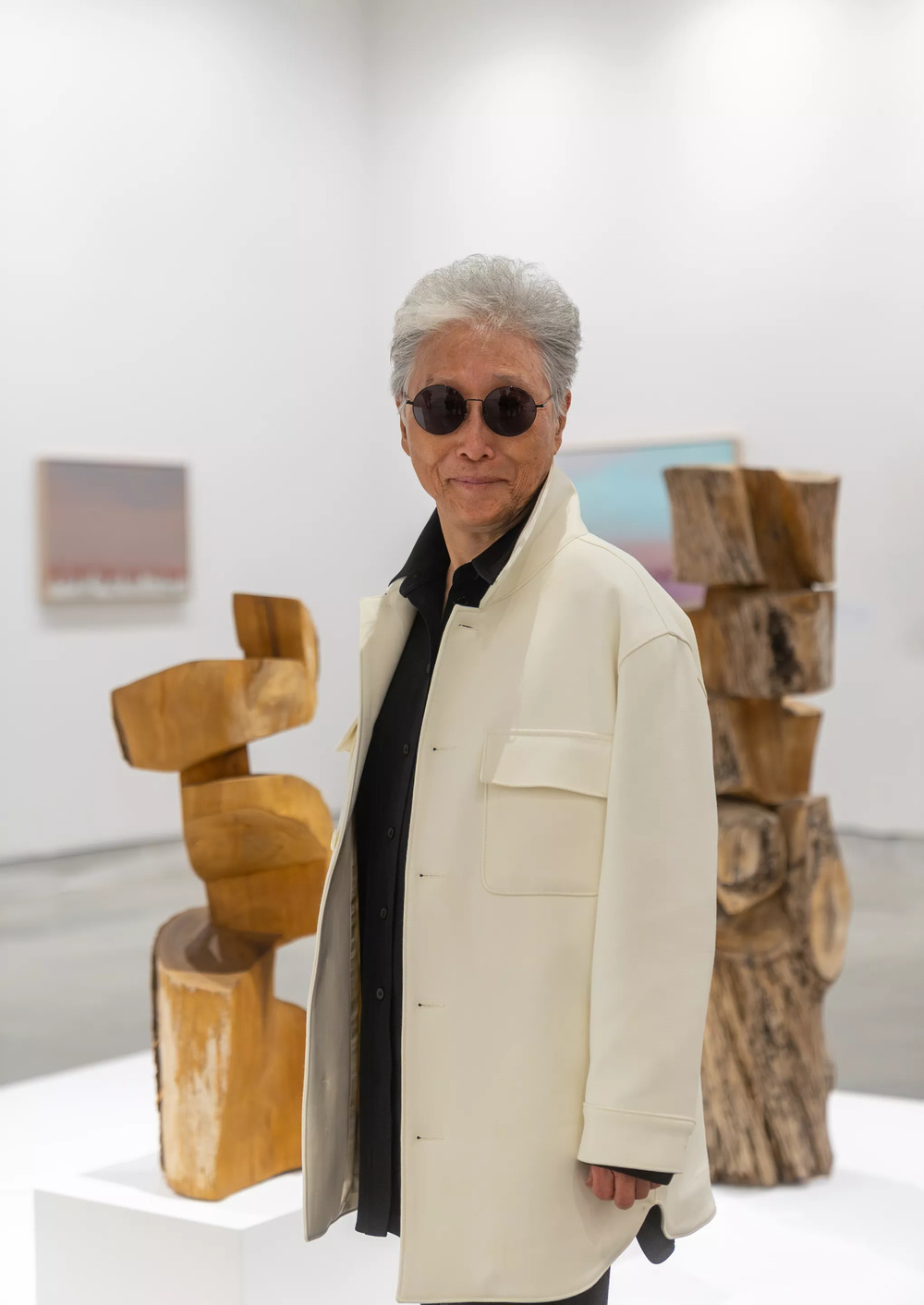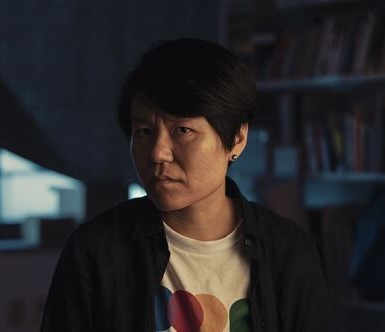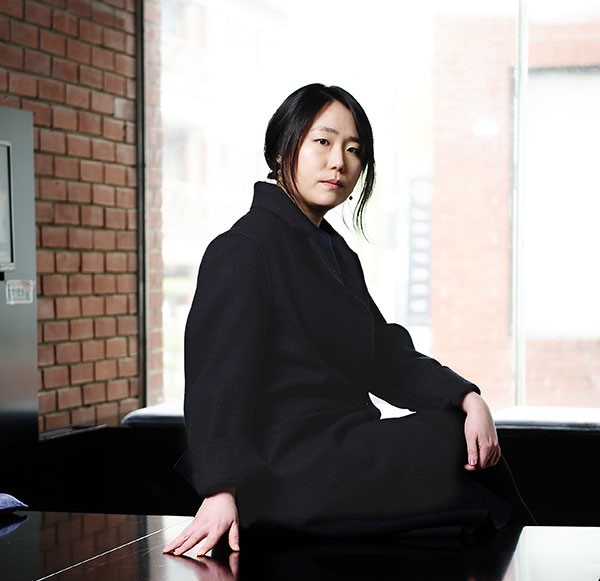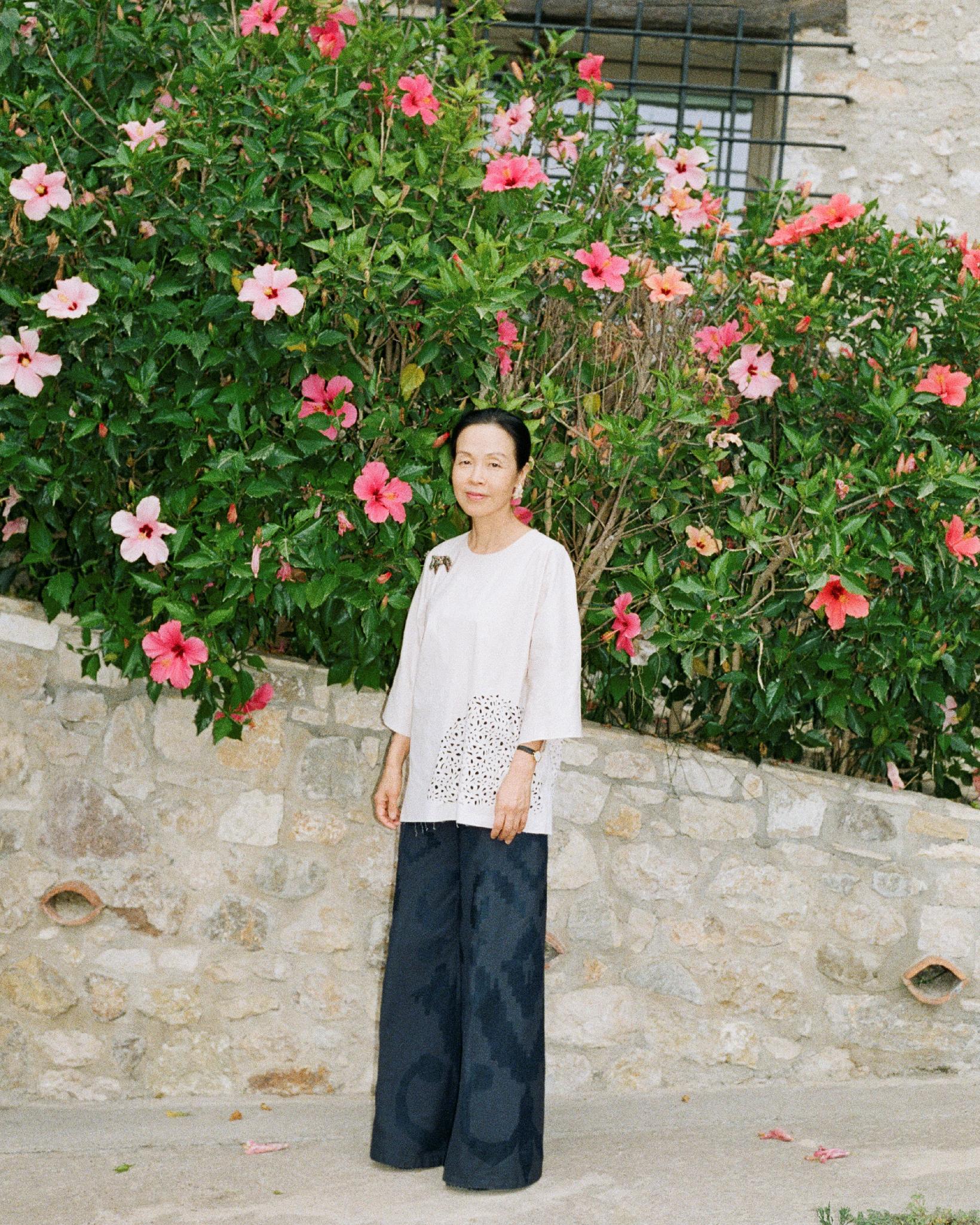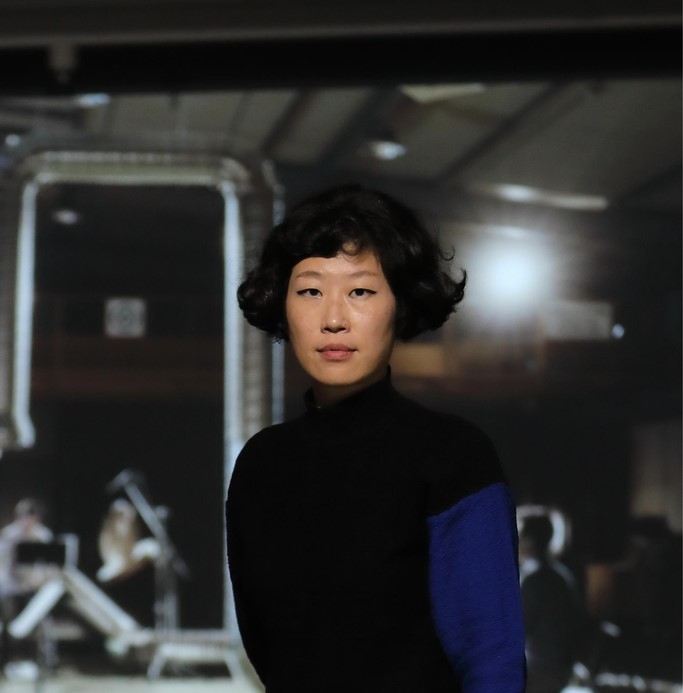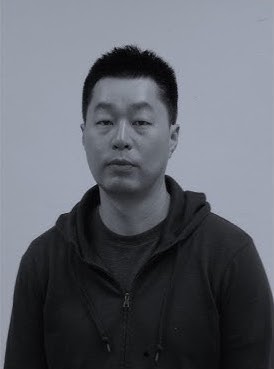Kelvin Kyungkun Park (b. 1978) delves into the hidden byproducts and scenes of modern and contemporary Korean history, reinterpreting them in a multidimensional way. Engaging directly with these obscured realities, he unravels their images through media experiments in video, photography, and installation.
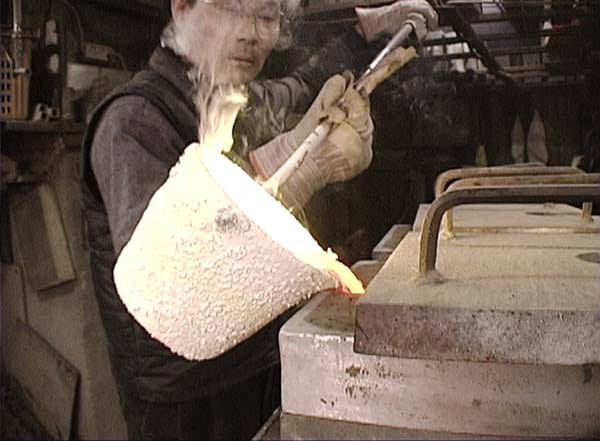
Kelvin Kyungkun Park, Cheonggyecheon Medley, 2010 ©Seoul Independent Film Festival
In
his 2010 work Cheonggyecheon Medley, Park captures the
redevelopment of Cheonggyecheon and the lives of the people centered around it
through the medium of video. During this project, the artist rented a space in
the Cheonggyecheon tool market, allowing him to closely observe the area and
its residents, documenting them through his lens.
The
video unfolds as a letter addressed to the artist’s grandfather, who operated a
scrap metal factory in Japan during the Japanese colonial period before
settling in Cheonggyecheon after Korea’s liberation. Memories of those times
often resurfaced in the artist’s dreams, filled with scenes of metal being
shaped and the piercing sounds of grinding steel.
Living
and working within this environment, Park confronted his subconscious and began
to recompose it, intertwining it with the collective unconscious shaped by
Korea’s modern and contemporary history, expressed through video and sound.
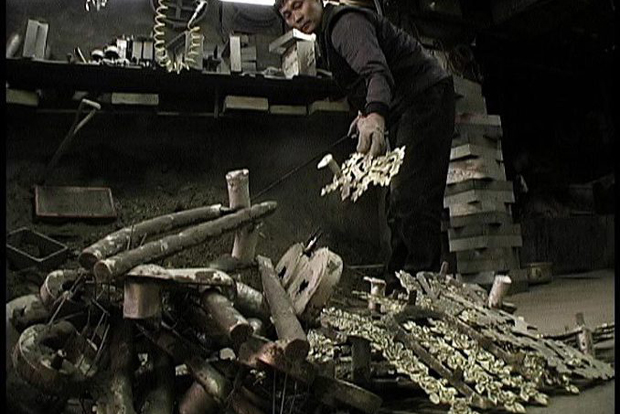
Kelvin Kyungkun Park, Cheonggyecheon Medley, 2010 ©Korean Film Archive
Kelvin
Kyungkun Park does not aim to convey a specific message or meaning about
Cheonggyecheon, a symbolic space in Korea’s modern and contemporary history.
Instead, he transforms the sensory landscapes he directly observed and
experienced on-site into conscious art, reflecting the unconscious passed down
through generations.
Unfolding
through the artist’s personal narrative, Cheonggyecheon Medley
documents the disappearance of Cheonggyecheon as a "subjective
documentary," where private memories and public history intertwine.
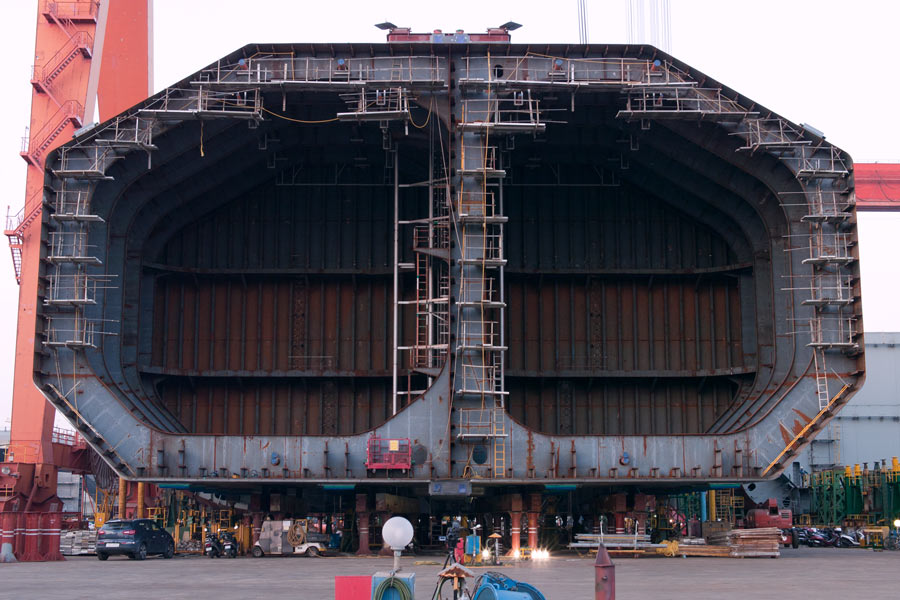 Kelvin Kyungkun
Park, A Dream of Iron, 2013 ©CICA
Kelvin Kyungkun
Park, A Dream of Iron, 2013 ©CICASubsequently,
Park explored the relationship between past and present civilizations in his
video work A Dream of Iron (2013). The project examines
ships as symbols of Korea's industrialization, reflecting on them through the
whales depicted in the Ulsan Bangudae petroglyphs. Inspired by the overlapping
imagery of the curved, massive forms of whales and ships, Park began this work
with a focus on their shared visual and cultural resonance.
As
the project developed, the artist discovered that both whales and ships played
crucial roles in advancing prehistoric and modern Korean civilizations,
respectively. This realization led him to reframe the significance of whales,
the ships of Hyundai Heavy Industries, and the steel of POSCO as entities that
have "nourished" Korea’s past and present.
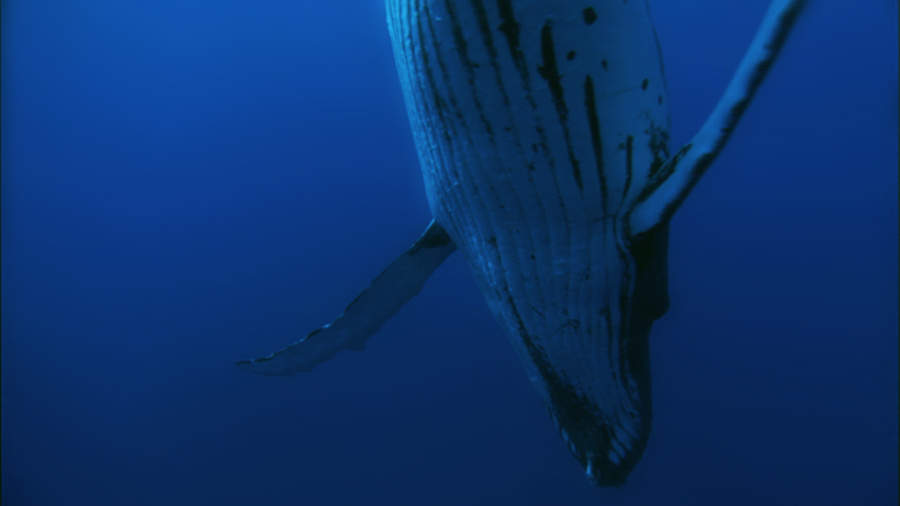 Kelvin Kyungkun
Park, A Dream of Iron, 2013 ©CICA
Kelvin Kyungkun
Park, A Dream of Iron, 2013 ©CICAThe
video begins with a narrated voice letter from the protagonist to his
ex-girlfriend, who has become a Buddhist nun in her search for God. In the
letter, he declares his intent to search for the god in his own way and sets
off for Ulsan. The narrative transitions between scenes of Buddhist rituals,
evoking the ‘past’ through ceremonies performed before the whale-carved
petroglyphs, and the ‘present’ with depictions of constructing colossal ships.
Park
captures the overwhelming sights of these industrial sites with stunning
vividness, rendering them almost surreal and majestic. Through this, he imbues
steel—humanity's new ‘god’—with a sense of the sublime. Enhancing this
reverence, the video incorporates Mahler's symphonies and the Tibetan chant
technique, known for producing two simultaneous tones, further elevating the
deification of steel.
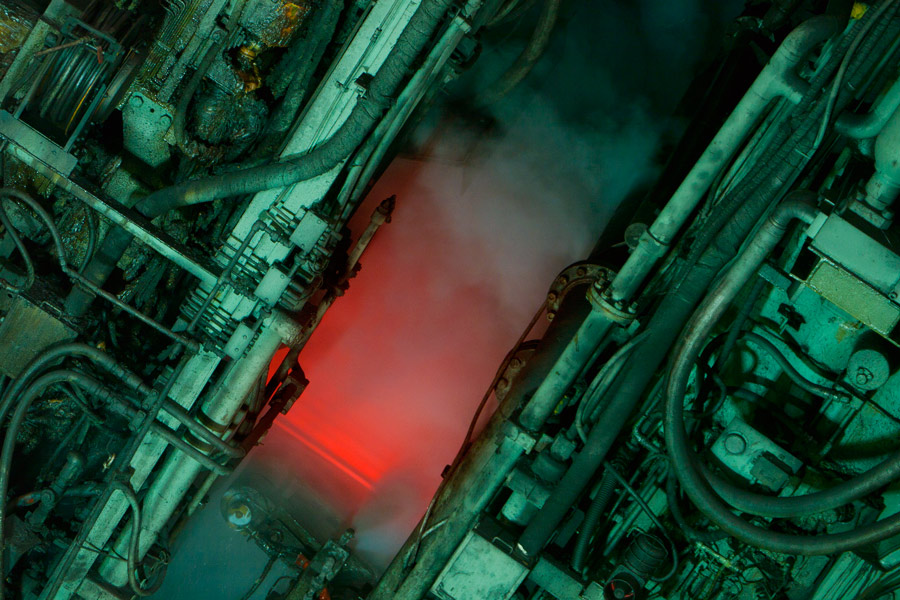 Kelvin Kyungkun
Park, A Dream of Iron, 2013 ©CICA
Kelvin Kyungkun
Park, A Dream of Iron, 2013 ©CICAThe video also interweaves footage of labor protests by Hyundai Heavy Industries workers, capturing the tumultuous history of modern and contemporary Korea. Regarding A Dream of Iron, Park describes it as “a Bangudae petroglyph of the industrial age, created with digital media in the digital era.”
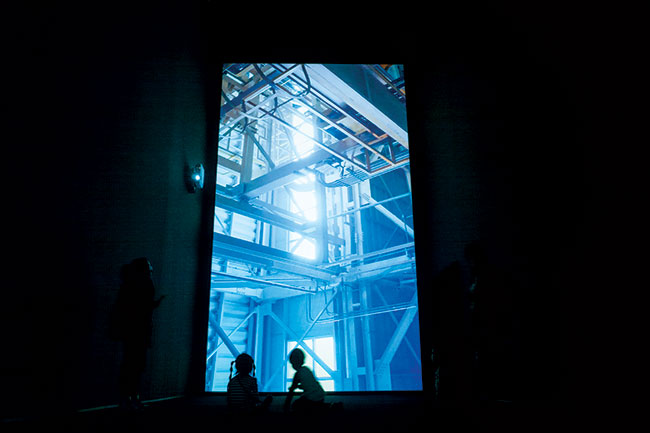
Kelvin Kyungkun Park, 1.6 Sec., 2016 ©Daejeon Museum of Art
Produced
in 2016 as a commissioned work for Hyundai Motors, 1.6 Sec.
explores the relationship between humans and machines within today’s automated
and mechanized environments. Park drew attention to the fact that the labor
dispute that arose during the production process stemmed from the issue of
reducing the robot's production time to 1.6 seconds.
The
factory structure he observed did not align with the physical rhythms of human
workers but instead required humans to adapt to the mechanical pace set by the
robots, resulting in mechanized, synchronized human movements. Within this
system, the artist also witnessed an ironic juxtaposition: the dynamic,
lifelike movements of robots contrasted sharply with the dull, mechanical tasks
performed by humans, whose gray, lifeless faces reflected a stark lack of
vitality.
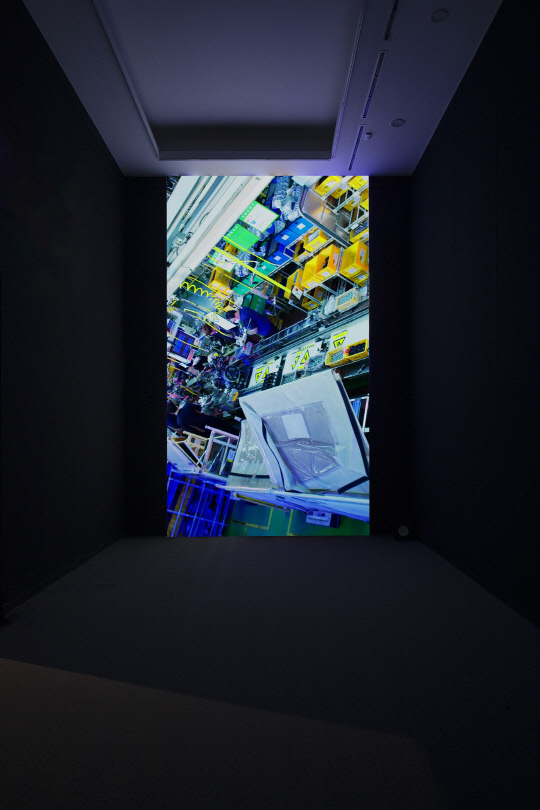
Kelvin Kyungkun Park, 1.6 Sec., 2016 ©Daejeon Museum of Art
Within the mass production factory,
machines moved like living, organic beings, while living humans appeared
mechanized. Observing this, Park began to imagine: "What if we viewed
humans through the eyes of robots?" or "What images would emerge if
we saw the factory from a robot’s perspective?"
The video avoids narrative or structural
storytelling, focusing instead solely on the essence of movement. The dynamic
imagery in the film invites viewers to question whether humans are truly more
perceptive and creative than robots or if they are merely mechanical entities
operating within the constraints of organizations and society.

Kelvin Kyungkun Park, ARMY: 600,000 Portraits, 2016 ©Kelvin Kyungkun Park
Meanwhile, ARMY: 600,000
Portraits (2016) captures the portraits of young soldiers during
their military service. In this work, Park also focuses more on the soldiers’
expressions and movements rather than a structured narrative. The video
alternates between scenes of soldiers forming a collective body in accordance
with strict regulations and close-ups of individual expressions or body parts.
Through the artist’s lens, the military is
depicted as a space reflecting the contradictory relationship between the
individual and the group. While the soldiers appear as a unified entity,
dressed in identical uniforms and moving in sync, the camera reveals subtle
individualities—twitching lips, sidelong glances—emerging paradoxically in
their state of heightened tension.

Kelvin Kyungkun Park, ARMY: 600,000 Portraits, 2016 ©Kelvin Kyungkun Park
This work stems from the artist's own
experience of military service after living abroad for an extended period.
Having lived in an environment where personal freedom was valued, he entered
the military, a place where collective discipline takes precedence over the
individual, and he inevitably faced moments of losing his sense of self within
the group.
For him, this was both a painful and
intense experience. Ten years after his discharge, the artist chose to reflect
on what that experience truly meant, distancing himself from it. The depiction
of the military in the video is not merely a documentary recording of what is
visible, but rather a reinterpretation through Park's personal perspective—a
portrait of the young soldiers within that space.
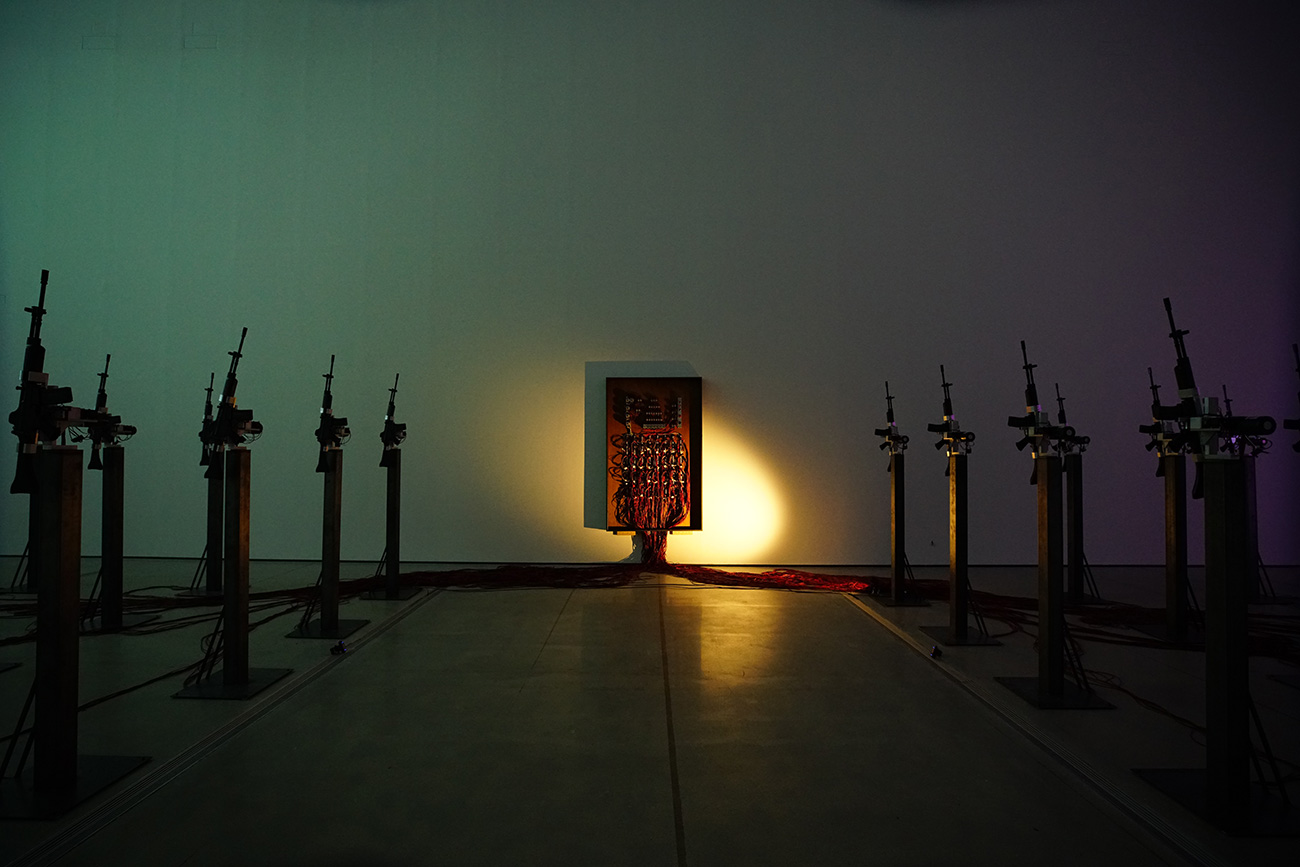 Kelvin Kyungkun
Park, Mirror Organs: A Play of Metonymy, 2017 ©MMCA
Kelvin Kyungkun
Park, Mirror Organs: A Play of Metonymy, 2017 ©MMCAThe following year, Park presented
Mirror Organs: A Play of Metonymy (2017) at the Korea Artist
Prize exhibition at MMCA. This work, too, originates from the artist's personal
experience within the unique collective environment of the military. The
installation consists of robotic soldiers armed with K2 rifles, repetitively
performing uniform military drills in a vertical space 14 meters high, with
lighting reacting to their movements.
As the audience steps into the space
between the robotic figures, they are confronted with the shadow of themselves
reflected on the massive vertical wall. At a certain moment, the robots, which
had been pointing their rifles toward the sky, suddenly produce a loud sound
and aim their rifles toward the audience. While they appear to move in a
uniform, drill-like manner, a closer look reveals that the angle of each rifle
is subtly different.
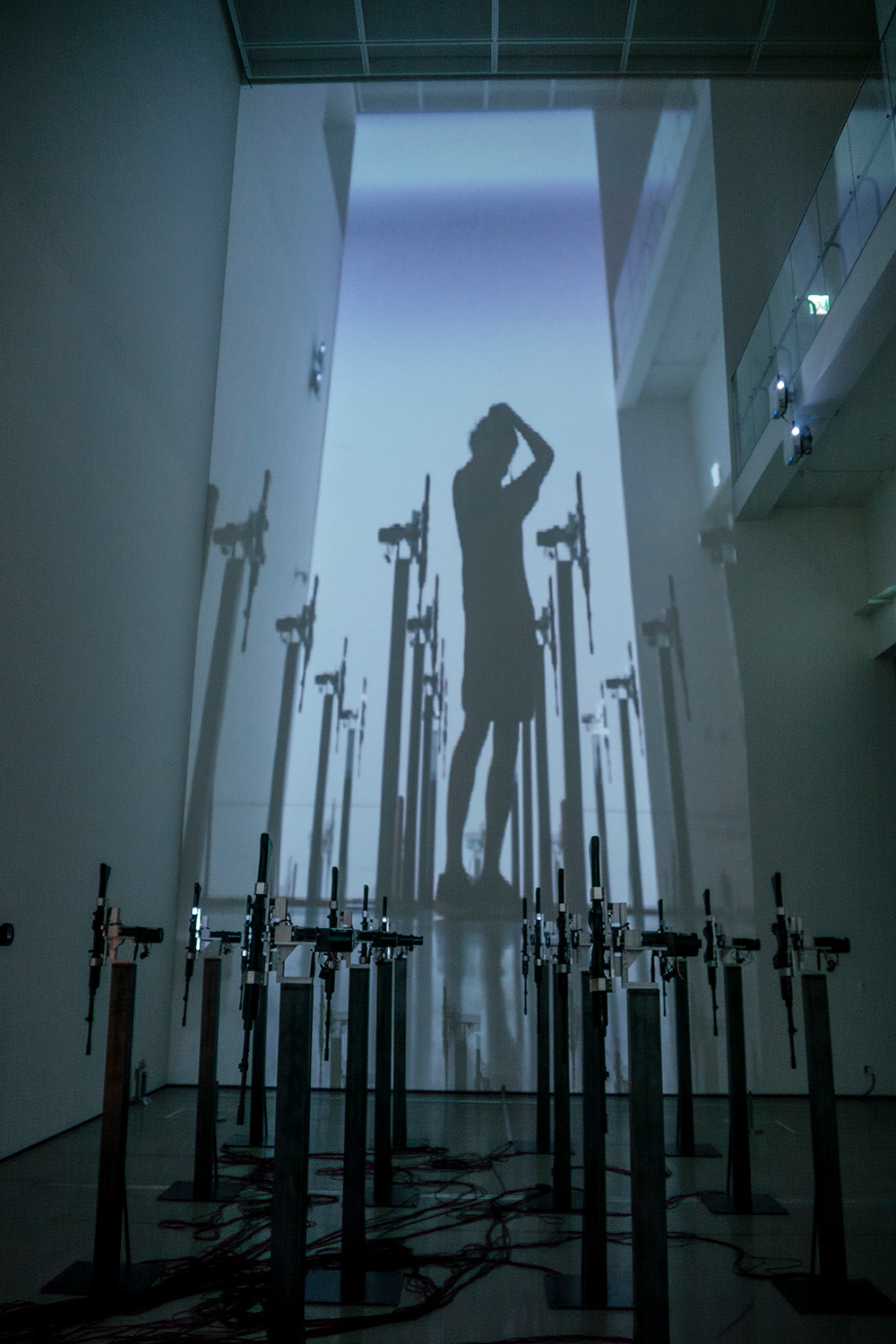 Kelvin Kyungkun
Park, Mirror Organs: A Play of Metonymy, 2017 ©MMCA
Kelvin Kyungkun
Park, Mirror Organs: A Play of Metonymy, 2017 ©MMCAThis installation performance, which
overwhelms both the auditory and visual senses, induces a momentary sense of
fear. Park translates the fear that motivated the movement of individuals
within a group—an emotion he directly experienced during his military
service—into an artistic, synesthetic expression.
The sensuous scene of robots exhibiting
individual characteristics within the group, the audience’s reflections cast as
giant shadows beyond the robotic soldiers, and the control boxes with exposed
cables resembling veins, serve as a reminder of the individual’s existence
within a system of collectivism.
 Kelvin Kyungkun
Park, When Tigers Used to Smoke, 2017 ©Kelvin Kyungkun Park
Kelvin Kyungkun
Park, When Tigers Used to Smoke, 2017 ©Kelvin Kyungkun ParkIn this way, the works of Kelvin Kyungkun Park capture the world as seen from his own senses and perspective within the collective and relationship-oriented context of East Asian society. The world he reinterprets through his sensory experience using digital media originates from the artist's inner world, yet it resonates with the inner worlds of those of us living in the same era.
"I believe that a good artwork is
primarily seen with the eyes but ultimately felt with the body. I want to evoke
physical experiences and make the body remember, so that the audience reacts
with their bodies, not their heads.
The power of contemporary art, I
believe, lies in experiencing the artwork through its image, movement, color,
texture, and rhythm, which offer an immediate experience that is different from
text, even without explanations or background knowledge." (Kelvin Kyungkun
Park, The Stream Interview, October 6, 2015)
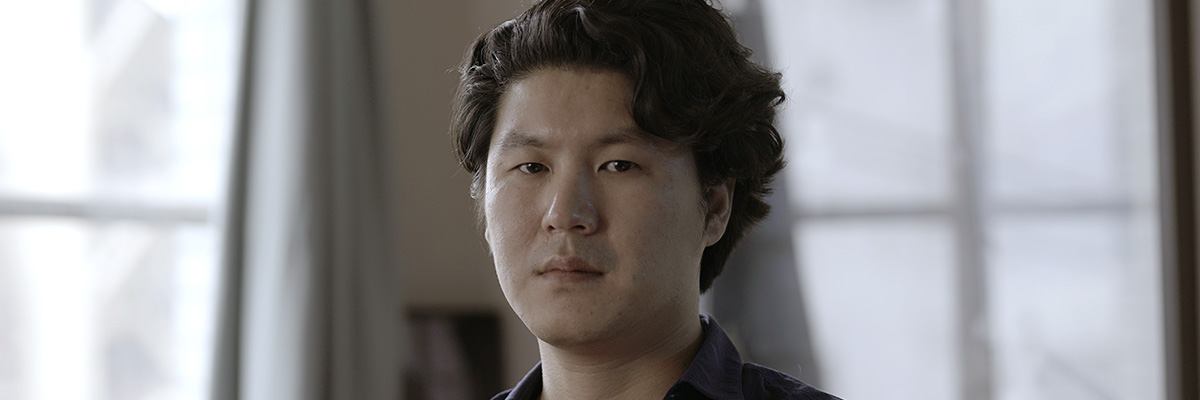 Artist Kelvin
Kyungkun Park ©MMCA
Artist Kelvin
Kyungkun Park ©MMCAKelvin
Kyungkun Park graduated from the Design Media Arts at
the University of California, Los Angeles (UCLA), and received his master's
degree in Film & Video at the same university. Since his first solo
exhibition in 2013, his works have been shown at various international venues
such as Busan International Film Festival, Berlinale, HotDocs, New York Museum
of Modern Art (MoMA), Taipei Biennale, and Sharjah Biennale. His recent major
solo exhibitions include “When Tigers Used to Smoke” (2022) at OCAT Museum,
Shanghai, “Double Mirror” (2020) at the Shanghai Museum of Glass, Shanghai,
China.
Park is the winner of Berlin International
Film Festival’s NETPAC Award (2015), Leeum Samsung Museum of Art’s Art Spectrum
award (2016), Busan Film Festival’s best documentary award (2018), and a
nominee for MMCA Korea Artist Prize 2017 and BMW Art Journey (2021) as well as
being selected for Chanel x Frieze Now & Next (2022).
References
- 박경근, Kelvin Kyungkun Park (Artist Website)
- 올해의 작가상 2017, 박경근 (Korea Artist Prize 2017, Kelvin Kyungkun Park)
- 서울독립영화제, 박경근 – 청계천 메들리 (2010) (Seoul Independent Film Festival, Kelvin Kyungkun Park - Cheonggyecheon Medley (2010))
- 아트인컬처, 탁영준 - 박경근 〈철의 꿈〉, 한국의 산업화를 이끈 선봉장, ‘철’의 영상 미학, 2014.11.07
- 대전일보, "다양한 각도로 미술의 재미 찾길", 2020.11.02
- BAZAAR, 박경근과 이유성이 말하는 예술가의 삶, 2022.09.28
- 더 스트림, 철에 대한 개인적인 그리고 압축된 시공간의 꿈: 박경근 _Interview, 2015.10.06



